Good Friday
Good Friday is the day we remember Jesus’ crucifixion. The hours of noon to 3 p.m. are particularly significant as these commemorate the time Jesus hung on the cross. It is an especially important time to pray for the church and the world for whom Christ gave his life.

Passion and paradox
An excerpt from the Companion to the Book of Common Worship
(Geneva Press, 2003, 113-116, 131-132)
The Good Friday service is a penitential service, yet it is also a celebration of the good news of the cross. So, retain the paradox of the day in the form, mood, and texts of the service. Good Friday is a day in which to allow for numerous contemplative moments, and to permit the power of silence to speak for itself.
The passion narrative according to John is read on Good Friday, because at the heart of John’s passion narrative is the good news of the cross — the victory of the cross. Thus, John’s emphasis on crucifixion and glory corresponds to the tension and ambiguity of the day.
The Good Friday service is intentionally in concert with the broad ecumenical tradition, and representative of many ecumenical aspects. It, therefore, reflects a commonality with many strands of Christian tradition.
The proclamation of the readings for the day may replace the sermon, or a brief sermon may precede, interweave, or succeed the readings for the day. Those who plan the liturgy may consider letting the gospel speak through the power of silence, or through an appropriate liturgical dance or offering of music, which may help deepen reflection on the cross for all worshipers.
A fitting response to the hearing of the passion of Christ is intercession in the form of bidding prayers for the whole family of God and the afflictions of the world [the Solemn Intercession]. This is an important element of the Good Friday tradition. Such bidding prayers are signs of our joining in Christ’s priestly ministry of fully extending his arms in order to embrace all God’s people (that is, his posture on the cross).
The Solemn Reproaches [of the Cross] are an ancient text of Western Christendom associated with Good Friday. They need to bread slowly and clearly. The Solemn Reproaches take the place of confession in this service, so no Confession of Sin and Declaration of Forgiveness are included in the service.
The Service for Good Friday draws people into the story of the passion of Christ. It is composed of contrasting actions and moods of the solemn reading of the passion of Christ and, yet, a hopeful look toward the resurrection. … [I]t is most dramatic and meaningful when all depart in silence. The service continues with the Great Vigil of Easter on Saturday, or an Easter Day service.
